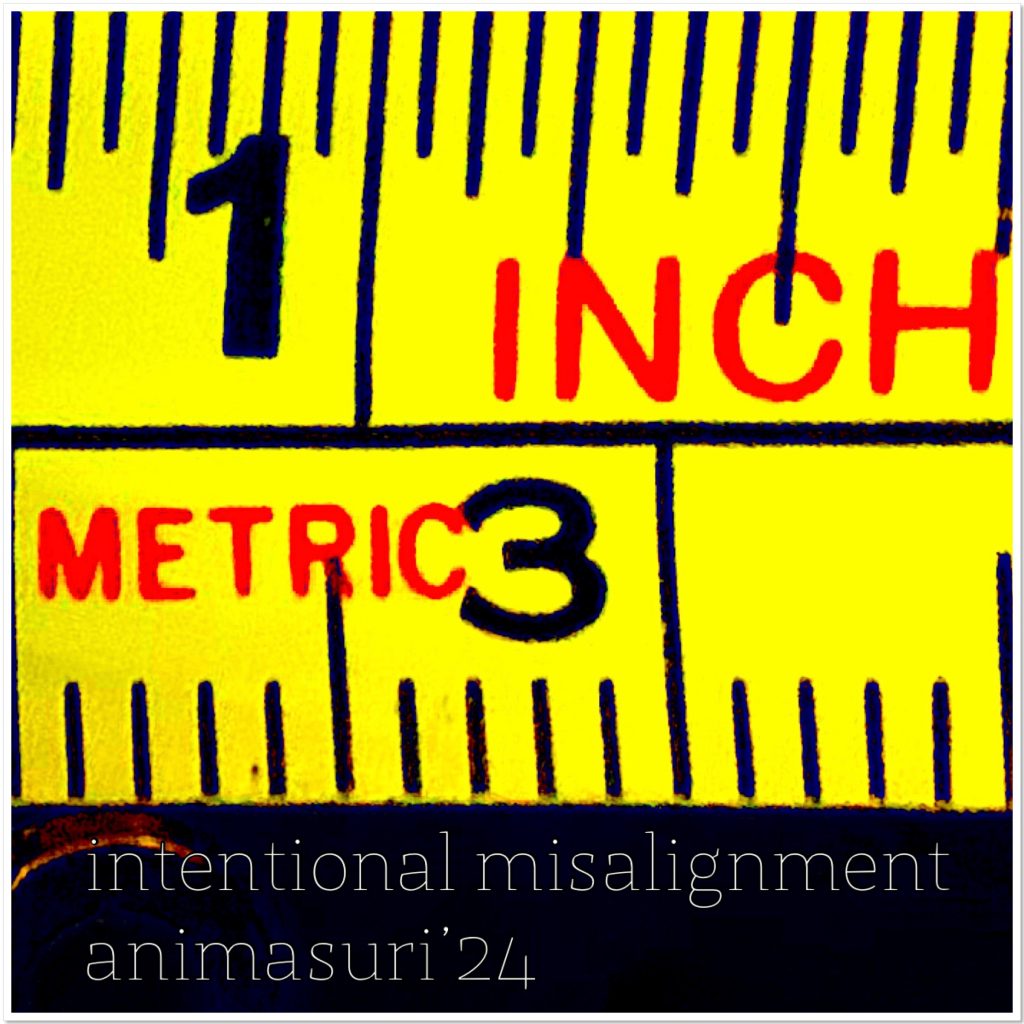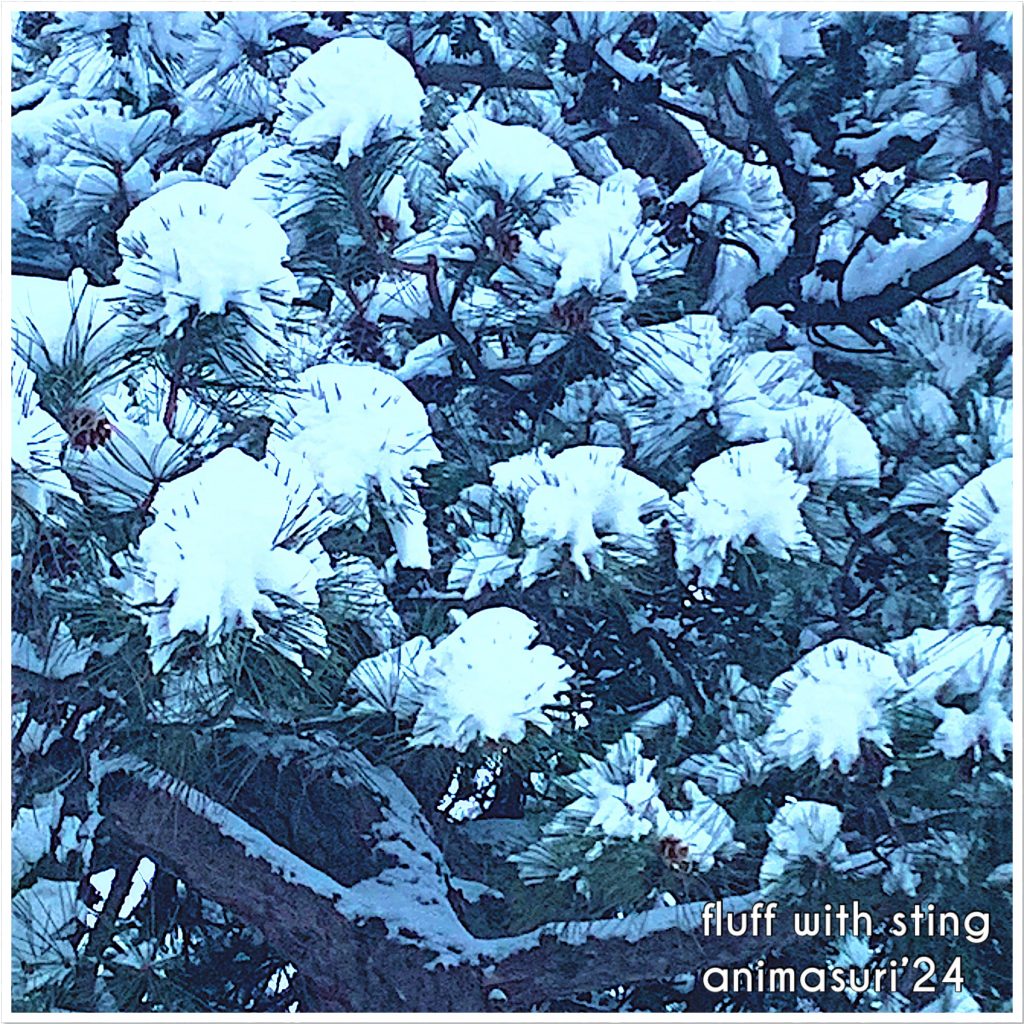Groveling for attention
attribution in detention
misinformation running amok
words as fruits with pebbles to choke
ah quotes, the earliest
hallucinogenic machine,
spewing authority
as if bricks to brains
feeding on gullibility
and hopes no mind
to check veracity with tenacity
of source ‘n’ find
in words by others unfound
sparkly words, wisdom words indeed
for instance referable as Twain’s
—not Twain
as transformers of
shaping perception
solid architecture
tooled to deception
looking solid to a fast passer-by
on a riverboat ‘n’ expanding railroads
as unverified unified authenticity
as data auditing the world
revisionism incorporated
where echoes of utterance
come to die yet stay digitized fresh
thought finds triggers iterated
to twig Twain’s quotes as
—not Twain, be stubborn
denial in vein —not Twain,
capitulated to:
it
a Twain
a train —not Twain
a world quoted sane
that, what
could have been so
—Can, Be So.
—animasuri’24
—-•
some triggers
Berton, G., Petrovic, S., Ivanov, L., Schiaffino, R. (2016). Examining the Thomas Paine Corpus: Automated Computer Authorship Attribution Methodology Applied to Thomas Paine’s Writings. In: Cleary, S., Stabell, I.L. (eds) New Directions in Thomas Paine Studies. Palgrave Macmillan, New York. https://doi-org.libproxy.ucl.ac.uk/10.1057/9781137589996_3
Boller, P. F., & George, John. (1990). They Never Said It : A Book of Fake Quotes, Misquotes, and Misleading Attributions. (1st ed.). Oxford University Press USA
Breakstone, J., McGrew, S., & Smith, M. (2024). Measuring what matters: Investigating what new types of assessments reveal about students’ online source evaluations. Harvard Kennedy School Misinformation Review. https://doi.org/10.37016/mr-2020-133
Habib, S., Vogel, T., Xiao, A., & Thorne, E. (2024). How does generative artificial intelligence impact student creativity? Journal of Creativity, 34(1), April 2024. Article 100072. https://doi.org/10.1016/j.yjoc.2023.100072
Kaplan, R. L. (2012). Between mass society and revolutionary praxis: The contradictions of Guy Debord’s Society of the Spectacle. European Journal of Cultural Studies, 15(4), 457-478. https://doi.org/10.1177/1367549412442208 AND https://www.academia.edu/2235717/The_Contradictions_of_Guy_Debords_Society_of_the_Spectacle
Lapeña, J. F. F. (2010). Plagiarism and Plunder: Fabrication and Falsification. Philippine Journal of Otolaryngology Head and Neck Surgery, 25(2), 4–5. https://doi.org/10.32412/pjohns.v25i2.617
Martino, A., Iannelli, M., & Truong, C. (2023). Knowledge Injection to Counter Large Language Model (LLM) Hallucination. IN: C. Pesquita, H. Skaf-Molli, V. Efthymiou, S. Kirrane, A. Ngonga, D. Collarana, R. Cerqueira, M. Alam, C. Trojahn, & S. Hertling (Eds.). (2023). The Semantic Web: ESWC 2023 Satellite Events (Vol. 13998, pp. 182–185). Springer Nature Switzerland. https://doi.org/10.1007/978-3-031-43458-7_34
not Twain, M. https://lnkd.in/ep52iTMt
Teurlings, J. (2013). From the society of the spectacle to the society of the machinery: Mutations in popular culture 1960s–2000s. European Journal of Communication, 28(5), 514-526. https://doi.org/10.1177/0267323113494077



















